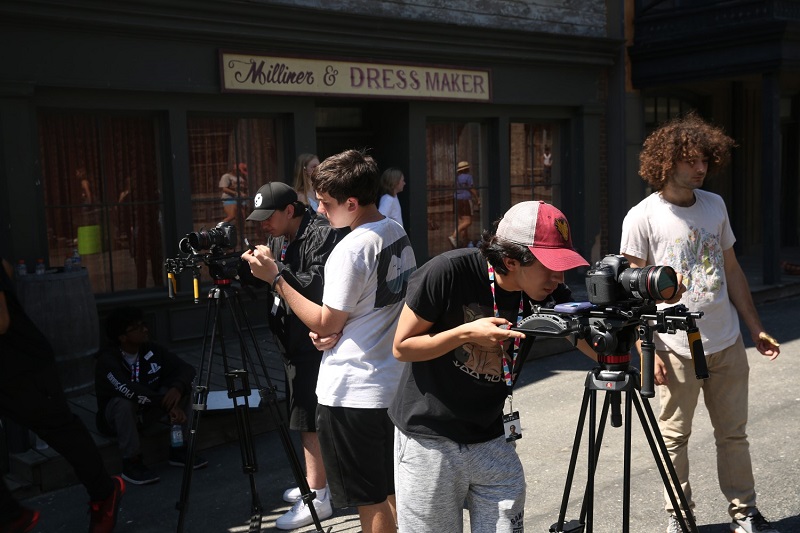
Since the early 1970s time of ex-Gov. Jerry Brown’s first term in office, California officials from the top down have tried to coax Californians out of their cars.
It began with Brown’s installing as his highway czarina the highly touted “transportation genius” Adriana Gianturco, a Harvard Graduate School product whose first step was to turn two existing lanes of the world’s busiest roadway – the I-10 Santa Monica Freeway in Los Angeles – over to carpools only.
This won her the determined enmity of most local motorists, who soon hounded Gianturco from office and away from California, while the lanes went back to general use and the “Giant Turkey” became a cautionary tale for bureaucrats who followed.
This 44-year-old lesson appears all but forgotten today, as state and local governments obsess over the notion that mass transit and dense development can somehow lessen traffic gridlock.
That’s one rationale behind all the bicycle lanes appearing in cities large and small today, often at the expense of traffic lanes and parking spaces. It’s also the reasoning that drives efforts to force dense housing near light rail stations and heavily used bus routes, on the presumption that new occupants will not add to traffic, using mass transit instead.
The problem: Among California cities, only San Francisco has anything like the comprehensive public transportation system needed to accomplish this. As a result, gridlock is now worse than ever in most cities, including San Francisco, where one recent study showed ride-sharing vehicles from outfits like Uber and Lyft make up 30 percent of all traffic.
Which means some residents have indeed been driven from their cars – right into other cars. There is no reduction in smog from this; in fact, narrowed streets produce more greenhouse gases than before as cars idle far longer at stoplights because of slower traffic flow caused by transformed traffic lanes. The current profusion of sport utility vehicles doesn’t help, either, as they take up significantly more space than sedans and slow things even more.
Even the presence of new rail lines doesn’t guarantee more mass transit riders. Last year, the Metropolitan Transit Authority of Southern California (MTA) found opening the new Expo Line from downtown Los Angeles to the beach increased train ridership – but bus occupancy on parallel routes was down by similar amounts. A net of virtually no cars were taken off the road by this huge investment, leaving the I-10 as congested as ever.
But the anti-automobile campaign persists. In San Diego, city officials voted to eliminate parking requirements in new construction, even large apartment and condominium projects. Their theory is that residents will use buses, ride-sharing and bicycles if they don’t have their own parking spaces. This ignores the reality that in cities with parking shortages, a lucrative rental market already exists for what spaces there are.
Meanwhile, state government, spurred by the same unproven theories, pushes cities to dedicate more and more land for new housing, even where developers have expressed little or no interest in starting new projects.
Local governments which know the preferences and needs of their residents best are taken to task for failing to report progress toward the state’s housing goals. One recent state report singled out 31 Southern California cities for failing to file such reports. The same study showed that 100 out of 539 cities statewide filed no such reports over the last five years.
At the same time, MTA directors ordered their staff to write a regional analysis of so-called “congestion pricing.” That’s a concept used in a few cities worldwide – London among them – which sees drivers charged either a per-mile use tax or an entry fee for heading into the most congested areas. The study will also try to determine what might happen if for-hire ride-share vehicles had to pay fees for using city streets.
The politicians pushing all these measures ought to heed some of California’s political history and see for themselves what happened to Gianturco, who pioneered in their mode of thinking. Along with her boss, then-Gov. Brown, she learned painfully that letting unproven theories or ones known to be false determine public policies and actions can prove personally and politically disastrous.
Email Thomas Elias at tdelias@aol.com. His book, “The Burzynski Breakthrough, The Most Promising Cancer Treatment and the Government’s Campaign to Squelch It” is now available in a soft cover fourth edition. For more Elias columns, visit www.californiafocus.net












